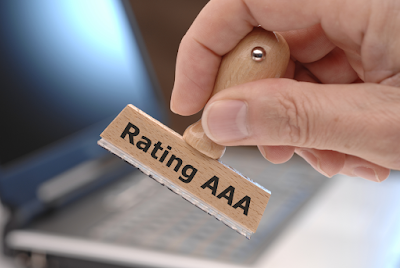Article Preview – ‘A New Era for Chinese Credit Rating Provision’ – Journal of Business Law

Today’s post previews a forthcoming article by this author that is due to be published in the Journal of Business Law . The article is available in its pre-published format here . The aim of the article is to assess the new development within the global credit rating arena, in that China has allowed Standard & Poor’s entry, as a stand-alone entity, into its marketplace for the very first time. The move to allow the largest global credit rating agency into the Chinese market , without having to be aligned to a domestic agency, is unprecedented. Considering that Moody’s has apparently set up a stand-alone entity and is in the process of applying for the licence to operate within China, the article discusses the environment that the agencies are entering, whether there is a need for them at all, and if so then why. The article starts by analysing the development of the credit markets in China, which naturally leads to the development of the internal credit rating market. Throug




